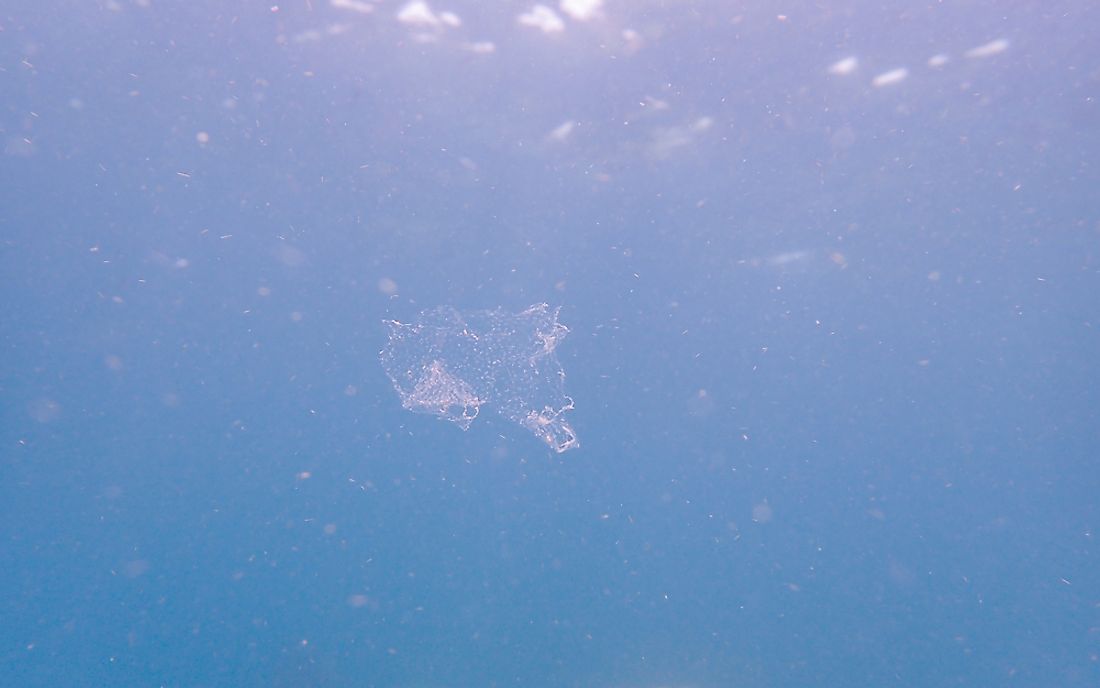What Are Microplastics And Why Are They Bad?

What Are Microplastics?
Microplastics are tiny plastic particles found in the environment. Any plastic particle that has a diameter of less than 5 mm is considered to be microplastic. For a long time, a majority of people were unaware of the presence of microplastics and their effects on the environment. However, these particles have become a significant topic of debate in recent times after researchers noted their presence in bottled water that was previously regarded safe for human use.
Classification of Microplastics
Microplastics are classified as either primary and secondary. Primary microplastics are produced and meant for external human use while secondary microplastics occur as a result of the breakdown of large plastic debris. A large collection of secondary microplastic is found at the Great Pacific Garbage Patch in the Pacific Ocean. Both the primary and secondary microplastics persist in the environment especially in marine and aquatic ecosystems.
Sources of Microplastics
Some microplastics are manufactured in industries as raw materials for other products; some occur due to the breakdown of large chunks of plastics while others are found in tires, textile, paint ropes, and waste treatment. Aquatic-related studies determine the presence of microplastic in an environment. Studies are done on planktons, muddy and sandy sediments, observing the consumption behavior of vertebrates and invertebrates, and chemical analysis of the pollutants. From these studies, it is evident that there are various sources of microplastics. Wastewater treatment plants and sewage treatment plants are the primary sources of primary microplastics, most of which are residues of cosmetics, paint, household and industrial detergents, and manufacturing waste. The primary sources of secondary microplastics are large plastics, clothing, manufactured goods, coastal tourism, shipping, and natural calamities such as flooding.
Why Are Microplastics dangerous?
Plastics are indigestible and non-biodegradable and once produced, one cannot get rid of them. The majority of the world’s plastics end up in the garbage, rivers, and eventually in lakes and oceans. Large plastics float across oceans and sometimes collect together to form garbage patches such as the Great Pacific Garbage Patch. Microplastics, on the other hand, exist on beaches and deeper waters. Large plastics cause physical damage to marine animals and can result in death. However, the biggest problems are microplastic. They are mistaken for food by marine animals and ingested. They block the digestive system of animals and result in low levels of oxygen and consequently result in reduced energy levels. Some plastics are so tiny that they embed in the animal tissues. They are passed across the food chain, and some find their way to humans. Microplastics find their way to humans through ingestion or respiration. Today, the sources of microplastics are so essential to humans that we cannot live without them. The best alternative to controlling microplastic remains proper handling of plastic and thorough treatment of wastewater.











